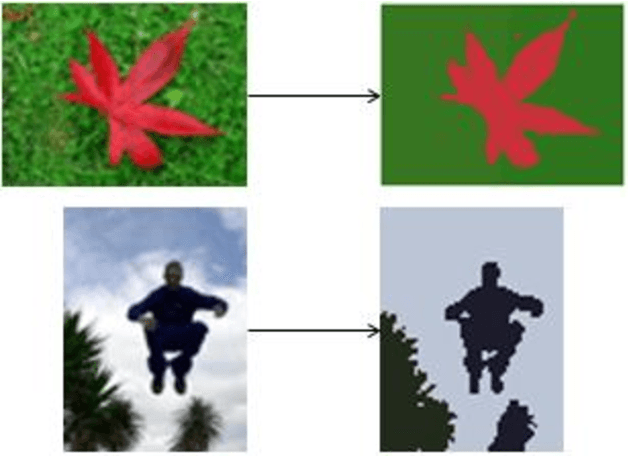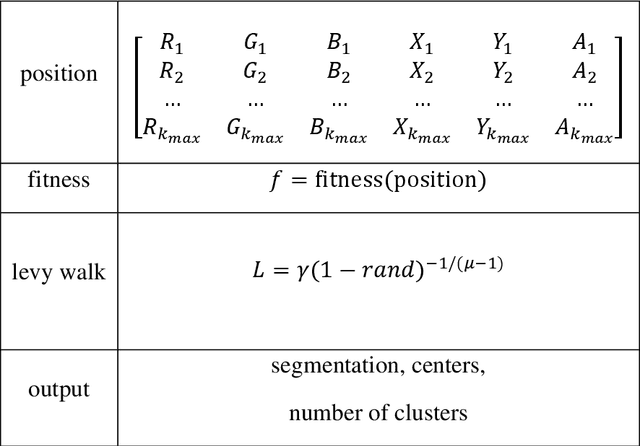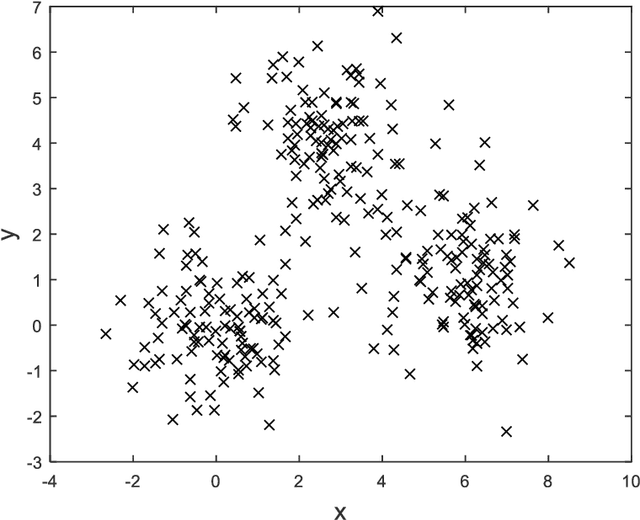Xiwang Guo
MU-GAN: Facial Attribute Editing based on Multi-attention Mechanism
Sep 09, 2020



Abstract:Facial attribute editing has mainly two objectives: 1) translating image from a source domain to a target one, and 2) only changing the facial regions related to a target attribute and preserving the attribute-excluding details. In this work, we propose a Multi-attention U-Net-based Generative Adversarial Network (MU-GAN). First, we replace a classic convolutional encoder-decoder with a symmetric U-Net-like structure in a generator, and then apply an additive attention mechanism to build attention-based U-Net connections for adaptively transferring encoder representations to complement a decoder with attribute-excluding detail and enhance attribute editing ability. Second, a self-attention mechanism is incorporated into convolutional layers for modeling long-range and multi-level dependencies across image regions. experimental results indicate that our method is capable of balancing attribute editing ability and details preservation ability, and can decouple the correlation among attributes. It outperforms the state-of-the-art methods in terms of attribute manipulation accuracy and image quality.
Automatic Image Pixel Clustering based on Mussels Wandering Optimiz
Sep 08, 2019



Abstract:Image segmentation as a clustering problem is to identify pixel groups on an image without any preliminary labels available. It remains a challenge in machine vision because of the variations in size and shape of image segments. Furthermore, determining the segment number in an image is NP-hard without prior knowledge of the image content. This paper presents an automatic color image pixel clustering scheme based on mussels wandering optimization. By applying an activation variable to determine the number of clusters along with the cluster centers optimization, an image is segmented with minimal prior knowledge and human intervention. By revising the within- and between-class sum of squares ratio for random natural image contents, we provide a novel fitness function for image pixel clustering tasks. Comprehensive empirical studies of the proposed scheme against other state-of-the-art competitors on synthetic data and the ASD dataset have demonstrated the promising performance of the proposed scheme.
 Add to Chrome
Add to Chrome Add to Firefox
Add to Firefox Add to Edge
Add to Edge